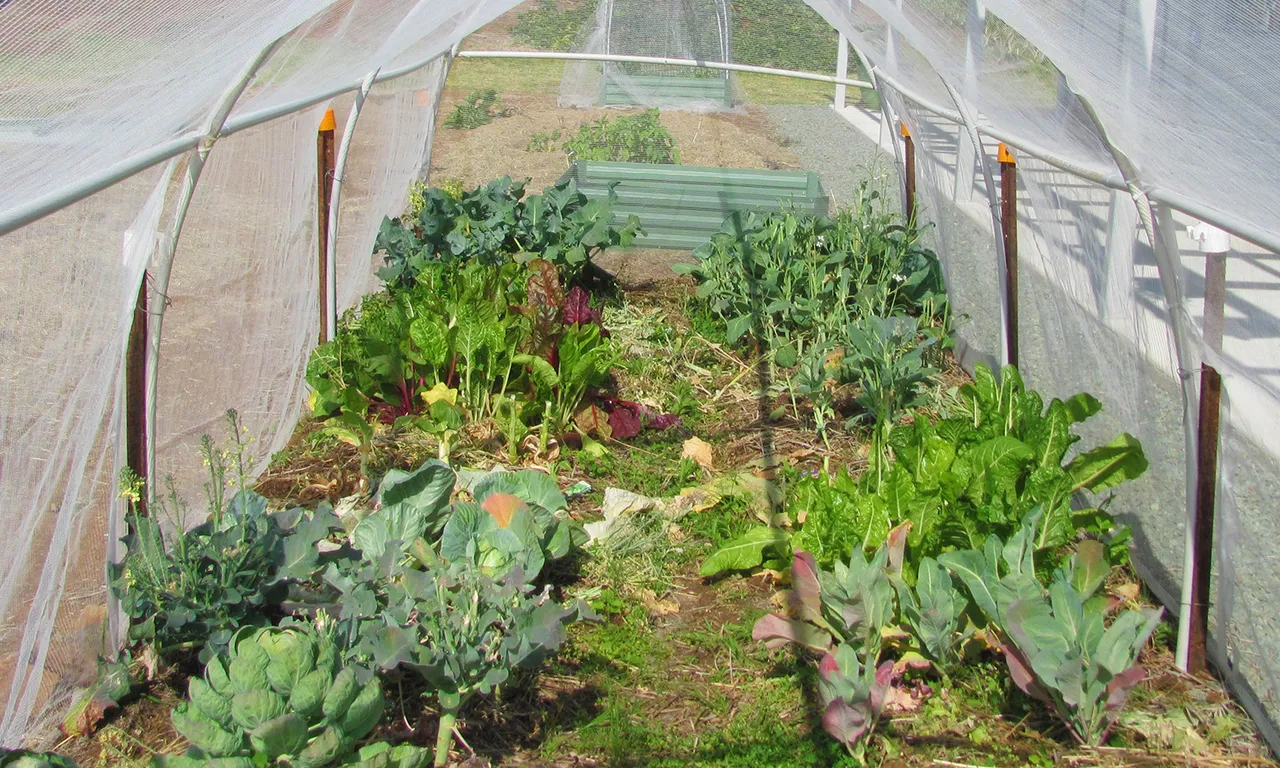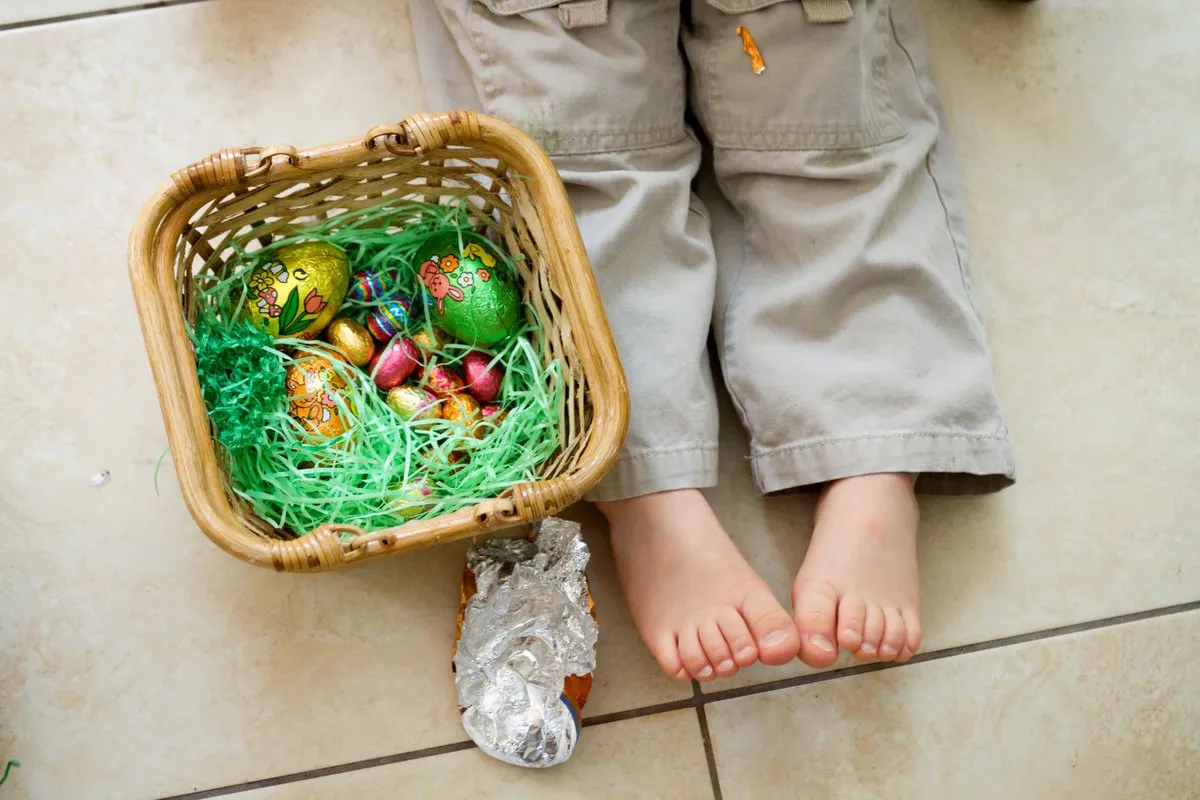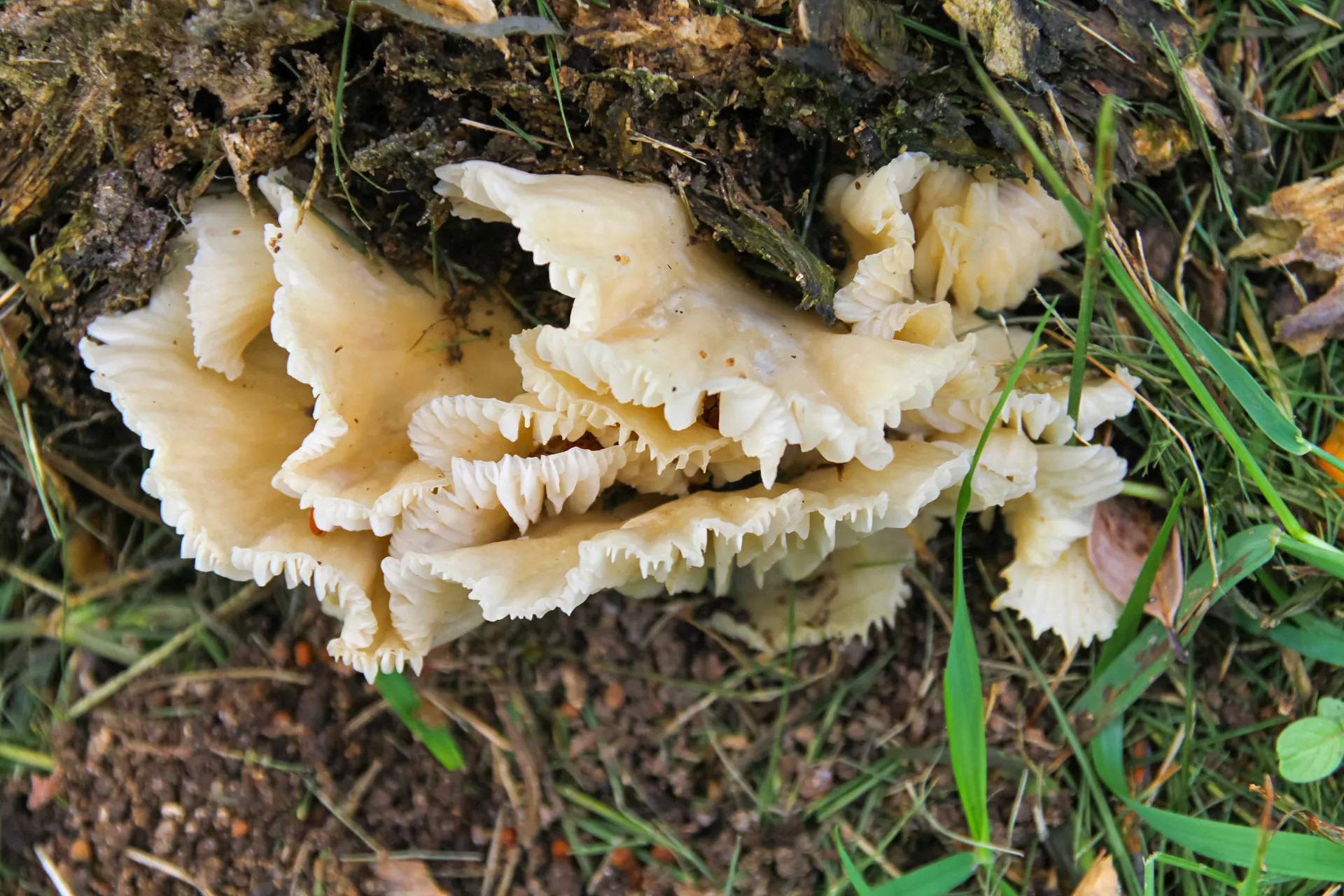Seasonal Gardening Tips for Summer by Anne Gibson, The Micro Gardener

This year has been hotter and drier than we've experienced in a while. Whilst it's typical for spring and early summer to be dry, we usually have had more frequent storms and a decent top-up of rain by now. The extended heatwaves, strong gusty winds and little to no reservoir of water in the soil from recent rains have created extremely challenging conditions.
It's been a stressful time for many normally enthusiastic gardeners to sustain their garden, even without water restrictions. Whether you're on town water, with the moisture available to keep gardens growing or relying solely on tank water, it's a good time to reflect on your water management and consider implementing sustainable practices.
So how do you maintain your garden and grow food successfully in these hot dry conditions?
Manage Water Wisely
While waiting for much-needed rain and summer storms to replenish soil moisture, you can still implement simple strategies to grow a healthy food garden.
- Save every drop! A bucket in the shower or outdoors under downpipes or air conditioning units to catch drips are easy ways to salvage water that would otherwise go down the drain.
- Keep a jug or bowl in the kitchen to store cooled cooking water from boiled or steamed vegetables. It's full of nutrients, as are the dregs at the bottom of your tea or coffee pot. Dilute these and pour onto your pot plants or edibles for a boost.
- Water your garden early morning before it gets hot so it doesn't evaporate as quickly. There's usually less wind at this time and the plants have moisture to cope as temperatures rise.
- If you haven';t yet installed a water tank, even a small one, consider doing so. There are compact options for even the tiniest gardens that can give you enough to irrigate a small kitchen garden.
Water-wise plants
- Water only those plants that really need it. Overwatering doesn't only waste precious water but is one of the most common causes of killing plants. Many established perennials and Mediterranean herbs are incredibly tough and resilient to drought conditions. A few include rosemary, oregano, thyme, savoury, chillis, aloe vera and lemongrass. A water every fortnight or so will keep them going and if they';re in good soil, they will survive much longer.
- Forego planting vulnerable new seedlings unless you are growing in pots and prepared to water regularly.
- Thirsty edibles include most leafy greens, fruiting crops (to develop flowers, fruit and seeds) and herbs like mint and lemon balm. Grow as many as you can in self-watering pots so no moisture is wasted and mulch well.
- I've discovered many drought-hardy edibles that grow well in our local climate. These include Warrigal Greens (also called New Zealand Spinach) which grows wild in the sand dunes at many of our beaches. It's very nutritious and tasty. Perennial summer favourites include Brazilian Spinach, Suranim Spinach and Ceylon/Malabar Spinach. They all survive drought in my garden and only get watered when it rains. Garlic chives, strawberries, pepinos, pineapples, dragonfruit, mulberries and banana capsicums are also standout performers.
Create Beneficial Microclimates
- Common sense dictates that the more shade and wind protection you can provide your plants with, the less water they will lose and need. So, utilise any taller species you have in your garden that provide natural shady spots and grow in pots temporarily in these zones during summer. Or use the shade provided by a neighbouring home or building.
- Use crop covers and shade structures and grow windbreaks if possible.
- Cluster pots and plants together to create a more humid environment so they transpire less. Taller plants with large leaves can shade small low-growing ones.
- Group plants with similar needs in the one container so they are not over or underwatered.
- A healthy living soil with plenty of organic matter creates a moisture-holding microclimate. Add compost and worm castings if available. Or simply bury kitchen food waste in small holes around your plants to recycle nutrients as a closed-loop cycle, returning moisture to the soil.
- Remember our wildlife! Birds, lizards and insects all need water daily too. So a small birdbath or bee bath can not only keep these creatures alive but also help with pollination and pest management.
Downsize your Garden
- Grow fresh ingredients in a small space by sowing seeds and raising leafy herbs and vegetables as microgreens. Alternatively, try sprouting indoors in your kitchen. Both these options provide nutritious, flavoursome additions to meals without the need for large volumes of water, time and money. Microgreens are ready to harvest in just 7-21 days.
- Cover garden beds with mulch until it rains or you can water thoroughly. This takes them out of play while still building soil and preventing weeds from taking hold.
- Instead, try growing a few selected herbs and vegetables you use most often in container gardens, close to your house for easy maintenance.
- Choose slow-to-bolt loose-leaf lettuce varieties like, Salad Bowl Red, Salad Bowl Green;Royal Oakleaf, Summer Harvest. They are all heat and humidity-tolerant fast-growing salad greens.
- In another pot or two, sow a few water-wise and compact vegetables like radish, spring onions, carrots, Tiny Tim dwarf cherry tomatoes and " Bulls Blood"beetroot. You'll have a colourful collection of nutrient-rich salad ingredients, herbs and vegetables to delight your palate and plate, without the worry of using too much water.
We know summer is the toughest time to keep your garden growing. However, with a little planning, you can minimise the impact of drought and heat stress on plants by applying a few of these tips. You may end up with a few 'dried arrangements' but hopefully, you'll still enjoy growing at least some fresh ingredients until easier climate conditions return.
Related Resources:
Garden Tasks
- Check fruit fly traps. Re-bait as necessary.
- Mulch all plants to conserve moisture, minimise weeds and build healthy soil.
- Compost kitchen food scraps and green waste. Apply to pots and garden beds.
- Install shade cloth and crop covers to minimise heat, wind and storm damage.
Join my free newsletter for more monthly tips.
Enjoy the harvest! Cheers, Anne The Micro Gardener









